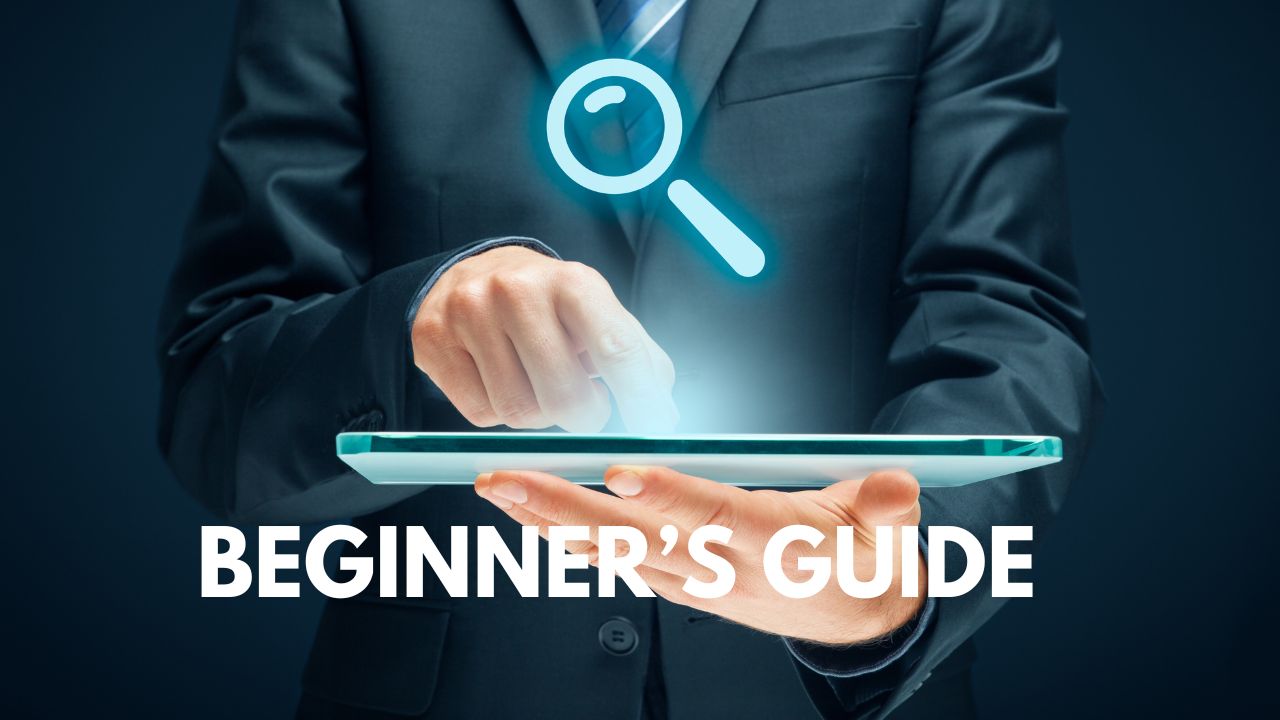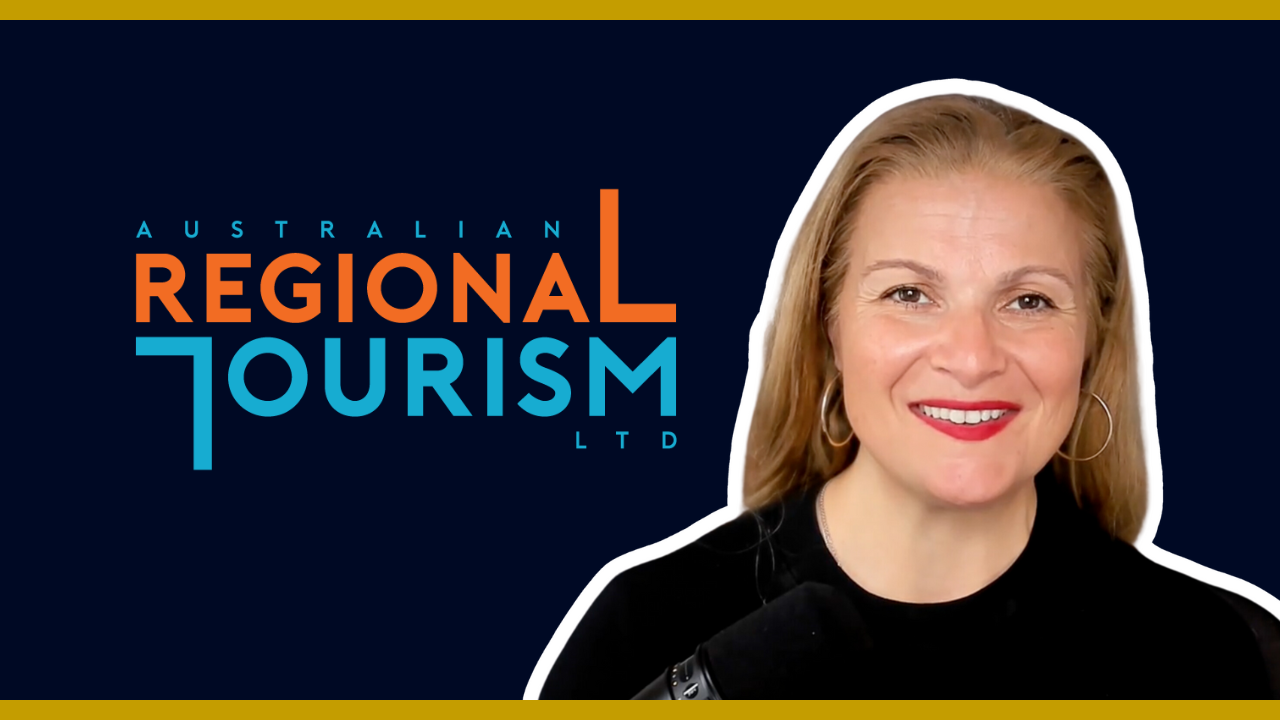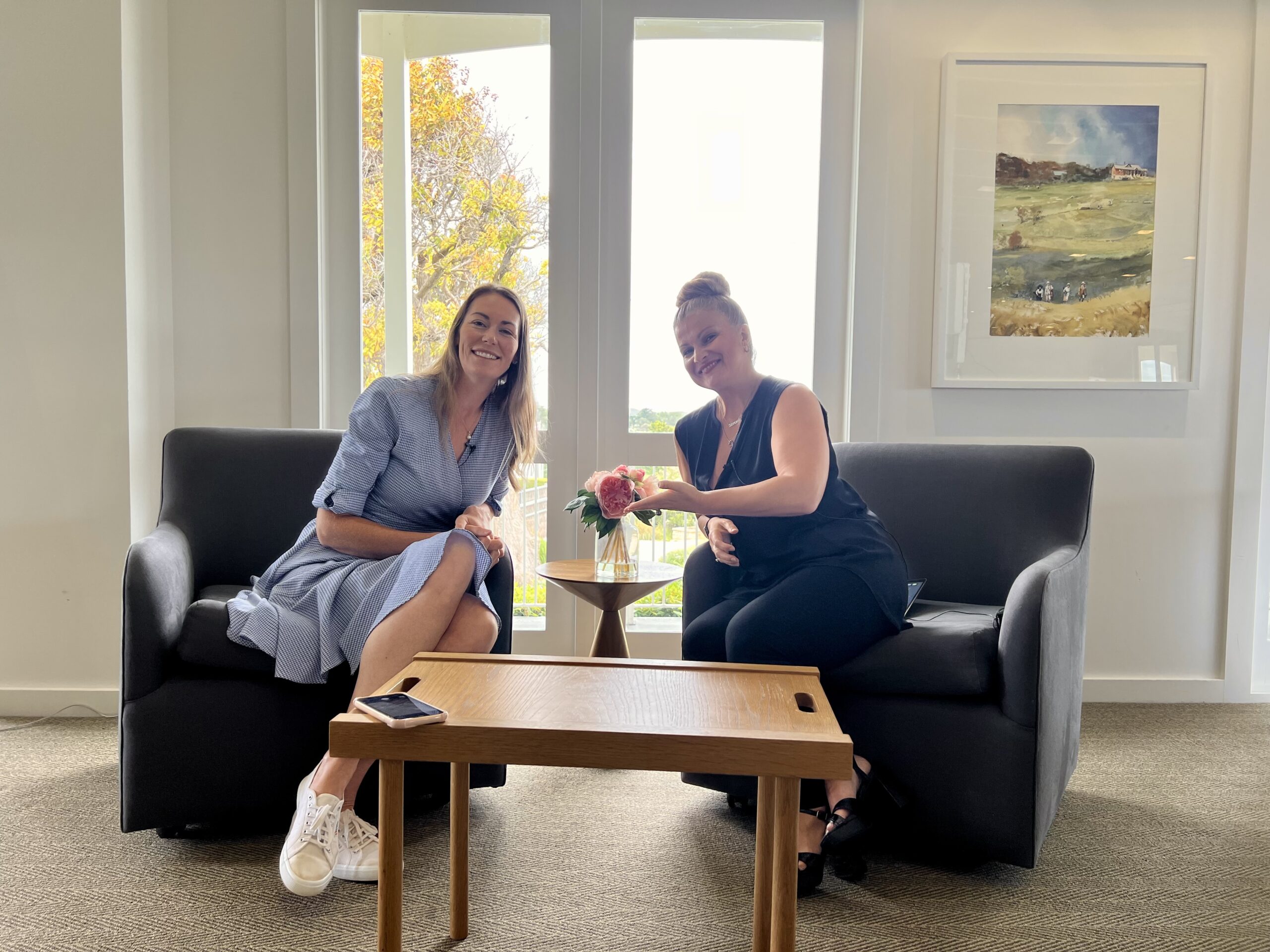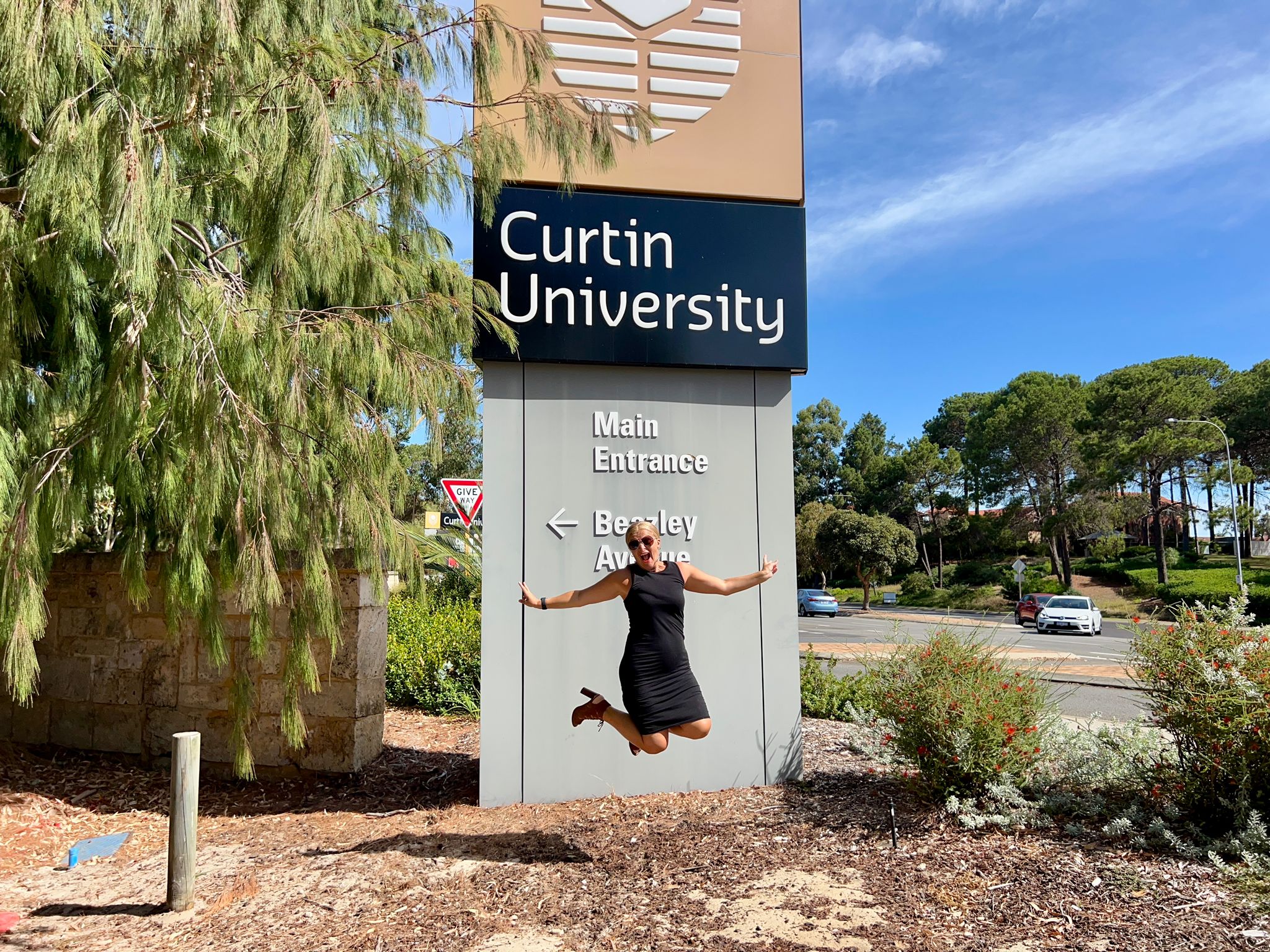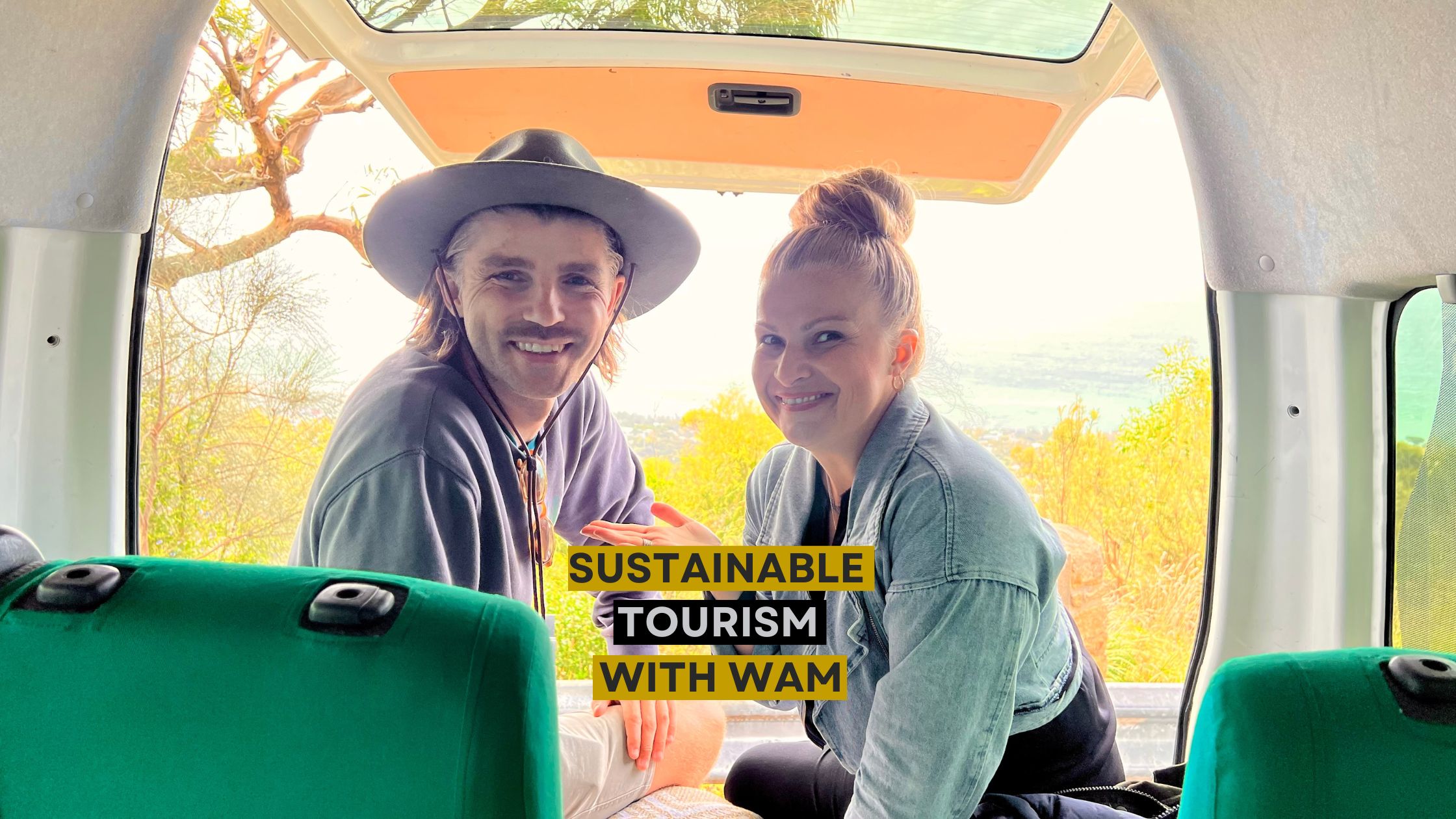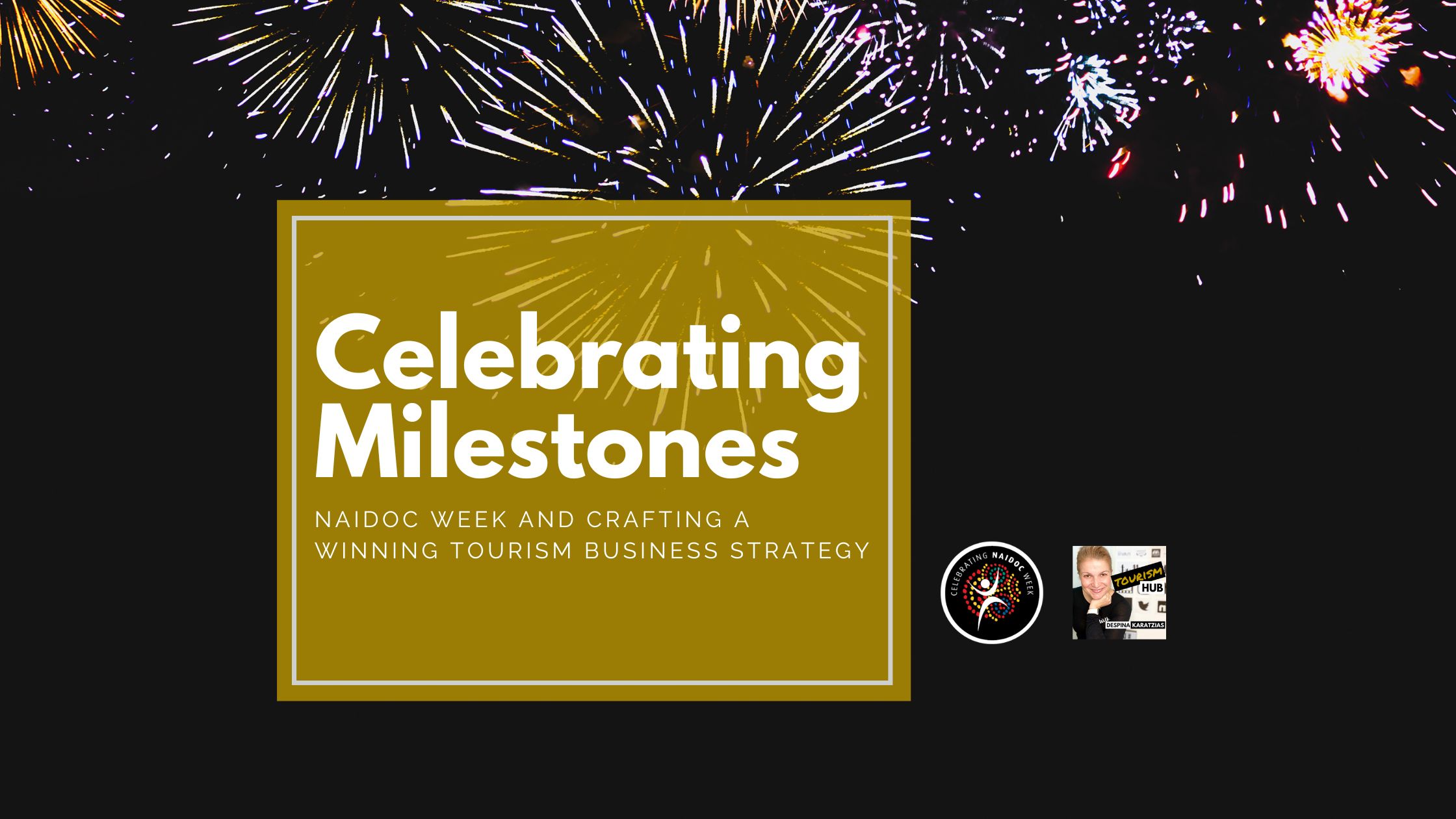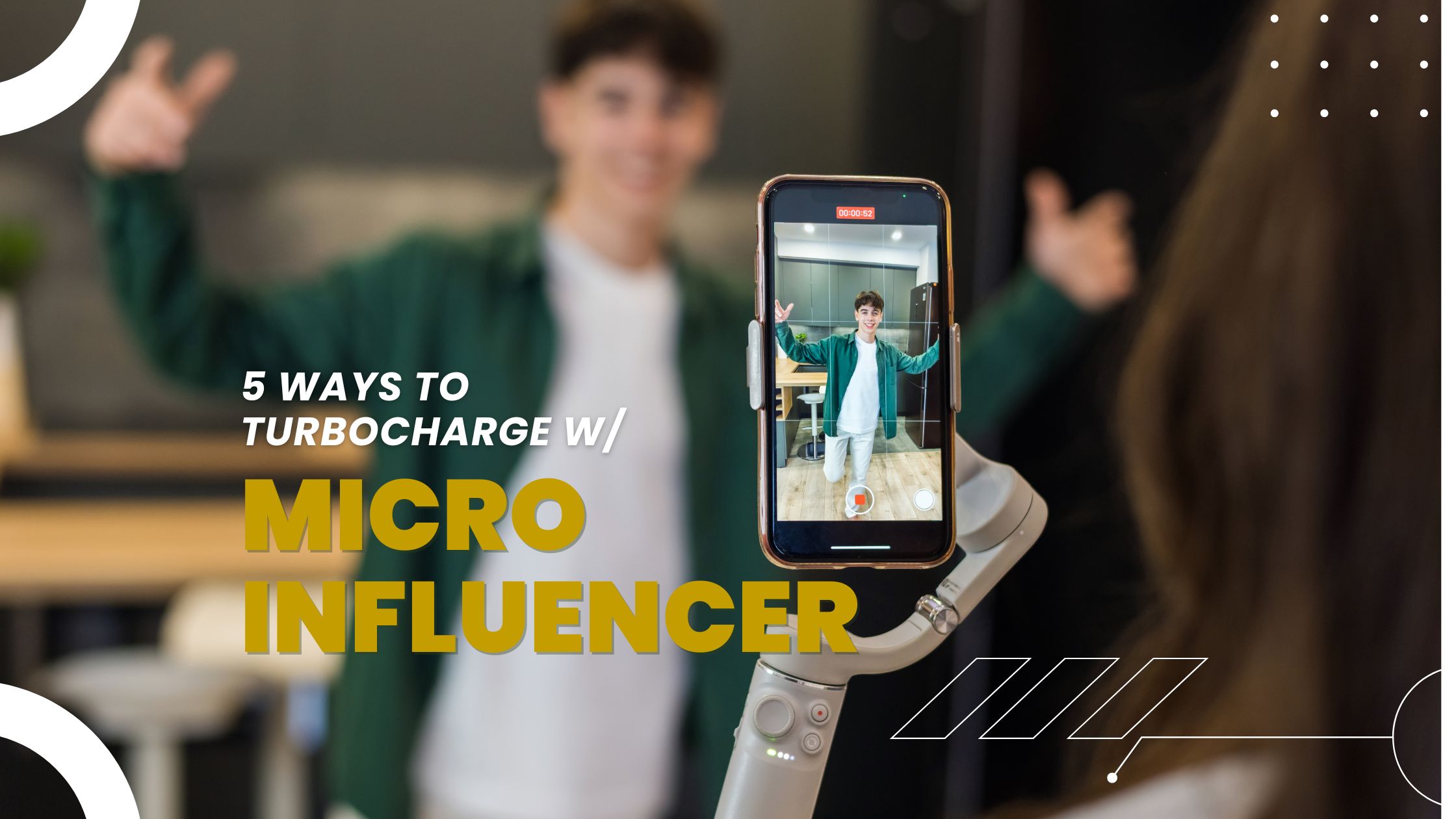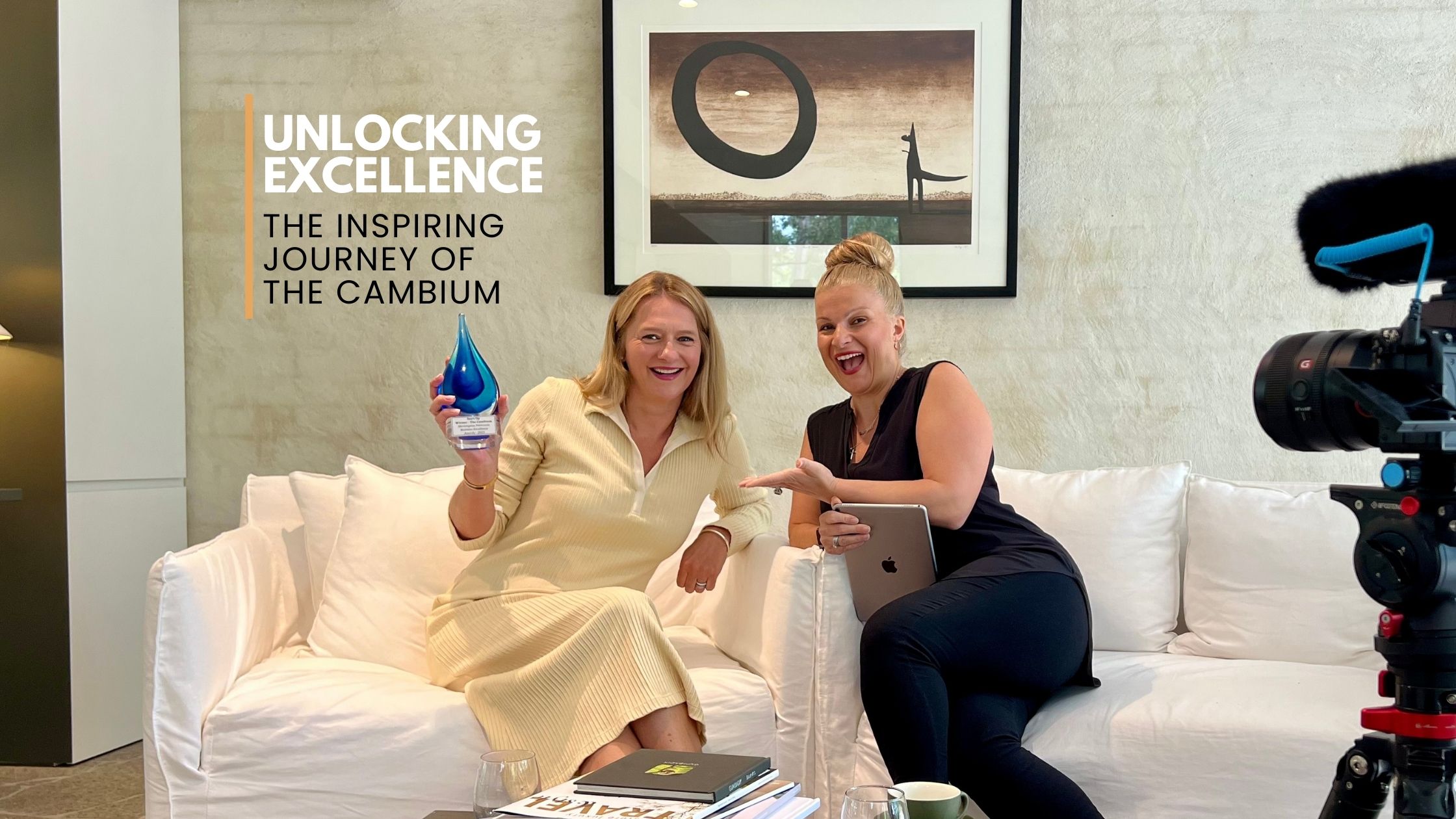If you missed my earlier blog post on how to virtually hug your visitors, you can catch up here, because we’re diving a little deeper in this guide to visitor servicing to explore into what it takes to create happily, repeat customers and what the visitor experience should look and function like in today’s world of smartphones and digital media.
It’s no secret that as we grow as a society, we change the technology we use. But as technology evolves, does it also change us?
Simon Waller, Founder and Futurist of the Digital Champions Club, mentioned this exact thought at the recent Victoria Tourism Industry Council (VTIC), Victorian Visitor Information Services Summit 2019, and it’s plenty of food for thought.
The summit was centred around the theme ‘telling your story’.
It’s easy to think that as technology simplifies and streamlines the way we work and live, it becomes ingrained into our lives. This is often believed to be the case with smartphones, social media, and instant connectivity to a world of information.
But truth be told, what we truly desire as humans, technology cannot produce for us. Technology doesn’t care about us, so why do we place so much emphasis on it in the tourism and guest services industry?
Perhaps we shouldn’t, and instead, think of ways technology enhances the human experience, not how it replaces it.
Visitor Servicing Myths to Eliminate Right Now
If you believe that technology is at the heart of today’s tourism industry, you’re not alone. You may have experienced the power of websites, SEO, social media, and online reviews for yourself to great success.
However, it’s the human element that should be prioritised over everything else when designing a standout experience for your visitors. How do you do this? It’s important to acknowledge and dispel the myths that are likely preventing you from focusing on the visitor:
Myth One: People Would Rather DIY Their Travel Experience
Have you ever wondered why visitor information centres still exist when four out of five adults own a smartphone? It seems like they can get all the same information on their mobile device that they’d get at the visitor information centre, so why do we need both?
The simple answer is that visitors can get one thing from an information centre they can’t get from a mobile device.
The human connection.
Asking questions in real-time, getting tailored, targeted advice and answers, and connecting with real locals is still valuable to many people, regardless of the quick, convenient access they can get through a smartphone.
Myth Two: Digital Media is Always Relevant, Authentic, Accurate, and Reliable
In a world of fake news and misleading information, too much trust in digital media can be dangerous. So much so that other people have gone out of their way to prove how easy it is to spread disinformation.
According to research Claire Claire Wardle, director of First Draft, the fake news is complicated. The term “fake news” is increasingly recognised as problematic, but in order to find alternatives – the article argues – it is necessary to understand the current information ecosystem and take into consideration three factors:
- the different types of content;
- the motivation of the creators;
- the ways of dissemination.
Furthermore, the seven types of misinformation are:
- Satire or parody – Where there’s no intention to harm, but the potential to fool.
- Misleading content – Where true information is used to mislead and frame an individual or an issue.
- Imposter content – Where genuine sources are impersonated.
- Fabricated content – Where the news in question is 100% false and has been designed to deceive and do harm.
- False connection – Where headlines, visuals, and captions do not support the content.
- False context – Where genuine content is shared with false context, or outside of its true context.
- Manipulated content – Where genuine information or imagery is manipulated or altered in order to deceive.
Tourism tools like TripAdvisor were once considered highly valuable, but there’s a serious authenticity problem with them, and travellers are starting to catch on.
For example, one person decided to make their shed a top-rated restaurant on TripAdvisor. Previously, he had earned a living by writing reviews for restaurants he had never been to, then decided to flip the script to see ifhe could replicate the same results. Naturally, he was able to get good reviews for his restaurant, even though there was no such place.
Myth Three: Visitors Want to Feel Like Tourists
The word “tourist” has earned something of a negative connotation. They’re often seen as easy or vulnerable, making them targets for businesses who want to prey on unsuspecting customers. It’s easy to spot the businesses that cater specifically to tourists — it severely lacks the authentic local experience and favours what they think the tourist wants or expects.
Though there’s nothing wrong with being a tourist, no one really wants to be labelled a tourist. Rather, today’s travellers want to be treated more like temporary locals but often go about planning their holidays in the same way a tourist would.
To overcome this, in-person visitor information centres thrive by offering local, insider advice that will help visitors become acquainted with the area and avoid unpleasant experiences.
The visitor information centres and network of passionate staff and volunteers that run them go beyond disseminating ‘information’. They are educators, local inspirers and idea sharers to destination visitors of what to do, see and experience locally.
The Secret Sauce for the Best Visitor Experience
It’s important to remember that we are what technology is not, nor could ever be. Instead, it’s time to move from information to inspiration by cultivating visitors experiences that prioritise the human element.
What exactly is the human element, you might ask?
It’s a hug.
It’s an enthusiastic welcome with eye contact and a genuine smile.
It’s a handwritten thank you note to express your gratitude.
It’s learning about their family, travel preferences, or career, and then remembering those details at critical points in the conversation to shape their experience.
It’s every personal touch that will show your visitors you’re more than just a website and Facebook page, that you’re as real as they are and want to build authentic connections with them.
Visitor experiences are shaped through making strong impressions, building relationships, and presenting the right attitude and response.
These things supplement the information visitors receive from technology, but can never be fully replaced by it.
Despite everything that technology has done for us, it’s also created a culture of laziness, particularly in the tourism industry. It’s easy to rely on interactive displays, chatbots, emails, social media posts and ads to promote your business and communicate with guests. It’s not to say these things are essential as these tools have pretty much become par for the course. But that’s precisely when some of their effectiveness starts to wear off.
As more people are using technology and turning away from person to person interactions, it becomes harder to stand out for the right reasons. Until you go back to your roots and bring back that old-fashioned element of human touchpoints, you’re not going to create the customer-centric experiences your guests deserve and desire most.
How to Measure Successful Visitor Experiences
There’s an old saying that what gets measured gets done and what gets done gets measured. But there are no KPIs for two very important metrics that have been forgotten along the way, love and gratitude.
- So how do you know that what you’re doing is working?
- How do you know your guests felt welcomed and appreciated?
- How do they know you love that they chose you and you are grateful for their business?
A brilliant quote shared by Simon in his cinematic, somewhat spiritual presentation:
“The last best experience someone has anywhere becomes the minimum experience they want everywhere. Once they get a taste of what excellence looks and feels like, it becomes harder to accept anything less.”
Read that again. This quote will take place next to my all-time favourite from Maya Angelou:
“I’ve learned that people will forget what you said, people will forget what you did, but people will never forget how you made them feel.”
To truly measure your success, all you need is the ability to say yes to two questions:
How do you want your visitors to feel, and will you be the one to raise their expectations?
There is so much to explore and to help you put your customer first I will host a free online training next week, details as follows:
Training:
Date: Wednesday 4th September
Time: 1 – 2pm
Location: Online –Register Here
Thank you so much for reading, and I hope to see you next week!

